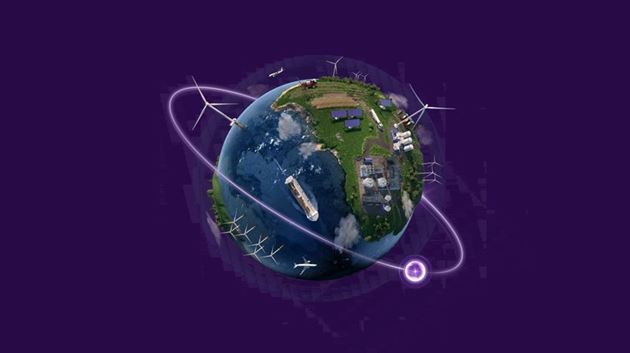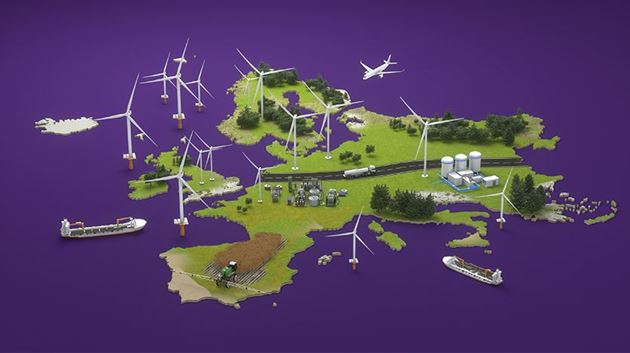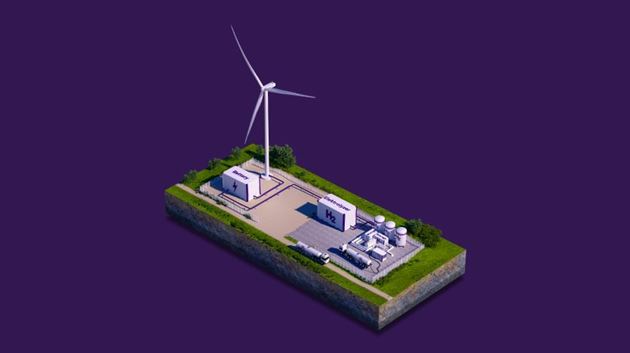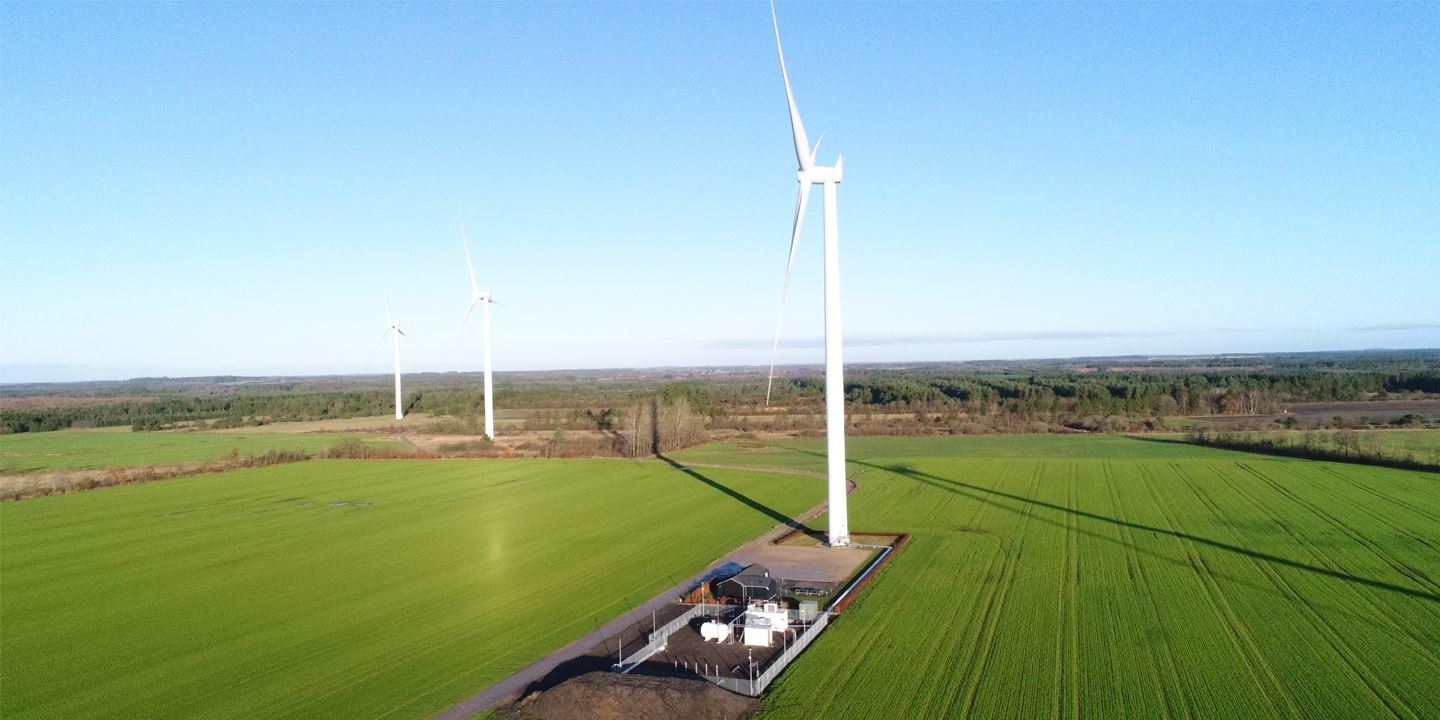
Green hydrogen
Fuel for the future
We believe that green hydrogen is an outstanding technology for transferring the benefits of renewables beyond the electricity sector.
Do you have questions about our hybrid power and storage solutions? Are you interested in partnering up with Siemens Gamesa? Please contact us.
info@siemensgamesa.comWith green hydrogen as the bridge, green electricity can be transformed into a transportation fuel, or as feedstock in industrial processes, where currently no climate-neutral alternatives exist. Green hydrogen and derived fuels, such as green ammonia, will allow us to put wind power into the fuel tank of a container ship. In this way, hydrogen can significantly extend the decarbonization potential of renewable energy sources.
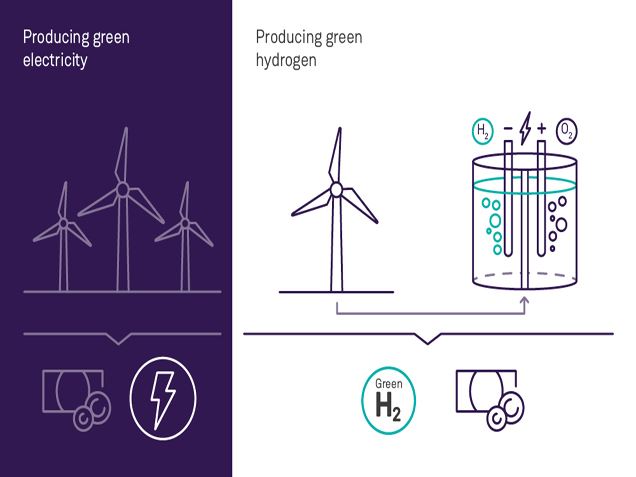
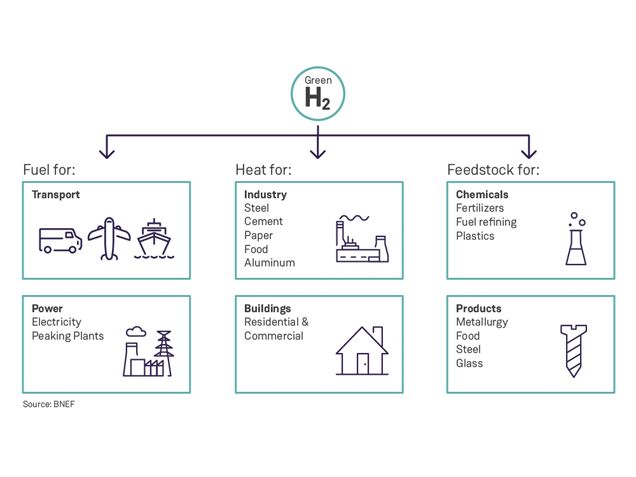
Today, the world produces 75 million tons of hydrogen each year. Most of it is generated from fossil fuels, mainly natural gas and coal. This accounts for 6% of the global natural gas consumption, 2% of the global coal consumption, and results in 830 million tons of carbon dioxide being released every year – almost as much as Germany’s annual CO2 emissions.
Producing all of this hydrogen with green energy will help to substantially reduce emissions. The future market for this tiny molecule is huge.
Siemens Gamesa and Siemens Energy are joining forces to kickstart a new era of offshore green hydrogen production that will power a cleaner future.
Together, they are developing an innovative solution that fully integrates an electrolyzer into an offshore wind turbine as a single synchronized system to directly produce green hydrogen.
Siemens Gamesa is adapting the world’s most powerful turbine, the SG14-222 DD offshore wind turbine, to integrate an electrolysis system seamlessly into its operation.
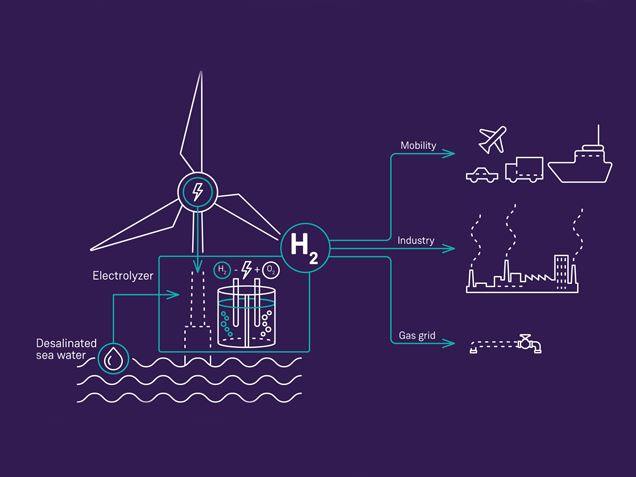
The developments will serve as a test bed for making large-scale, cost-efficient hydrogen production a reality and will prove the feasibility of reliable, effective implementation of modular offshore wind-to-hydrogen systems.
Siemens Gamesa and Siemens Energy target a total investment of approximately EUR 120 million over the next five years in the development of this innovative solution, with a full-scale offshore demonstration expected by 2025/2026.
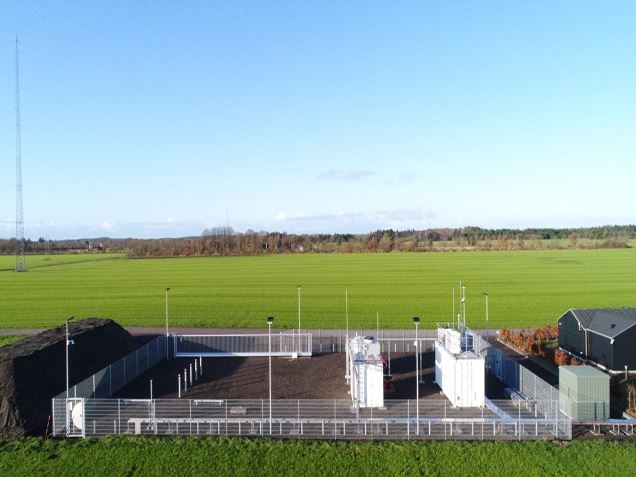
Siemens Gamesa is developing a hydrogen production plant in Western Denmark. The project couples an electrolyzer with an existing onshore 3-MW turbine, with the possibility to run the system in ‘island mode’, without any connection to the grid. The project is named Brande Hydrogen.
Brande Hydrogen will provide a clear understanding of the integration of the electrolyzer with a variable renewable energy source, and the efficiency of the electrolyzer system over time.
The Danish government has designated Siemens Gamesa’s Brande Hydrogen project as an official regulatory energy test zone, a one-of-a-kind permit in Europe. This permit exempts Siemens Gamesa from some of the energy sector regulations in Denmark. This grant brings us closer to solving one of the biggest challenges in the green energy transition: Integrating unprecedented amounts of renewable energy into the energy system. Our Brande Hydrogen project will demonstrate that green hydrogen can be produced without using any power from the grid and serves as an essential test bed for making large-scale, cost-efficient hydrogen production a reality.
With the Brande Hydrogen project, Siemens Gamesa Renewable Energy is taking the first steps towards the large-scale production of green hydrogen. This future vision is one where cheap and ample energy production can be utilized in hard-to-abate sectors, thereby contributing to the decarbonization of the entire energy sector, including transportation and heavy industry.
The 'Unlocking the Green Hydrogen Revolution' white paper is now available! Take a look to find out how green hydrogen can tackle climate change and support the most polluting sectors to meet their net-zero ambitions by 2050. The new report sets out the ambitious goal of reducing the cost of producing green hydrogen and identifies how industry, governments and investors can work together to unlock the potential of green hydrogen over the next ten years and beyond.
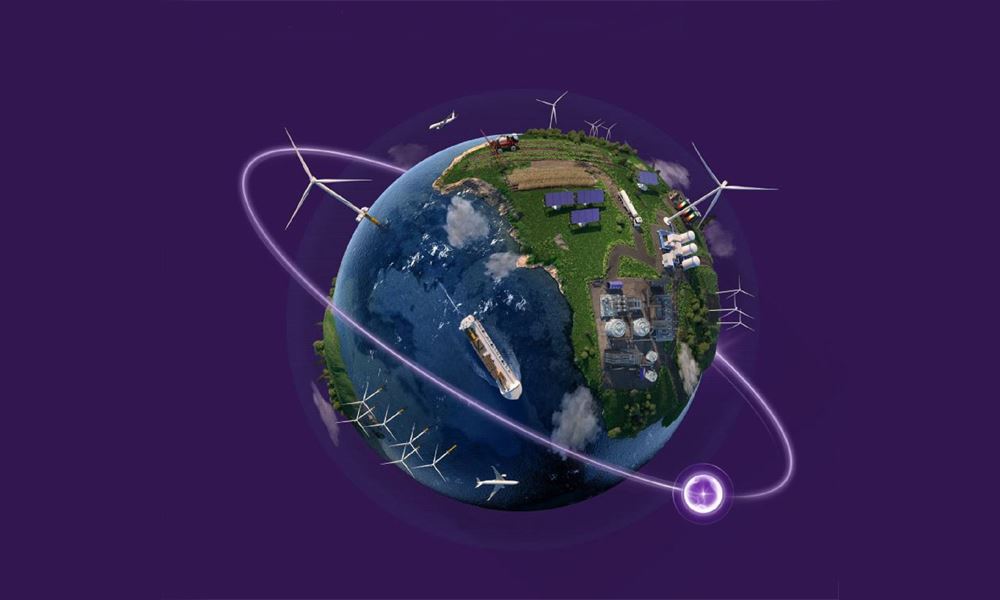
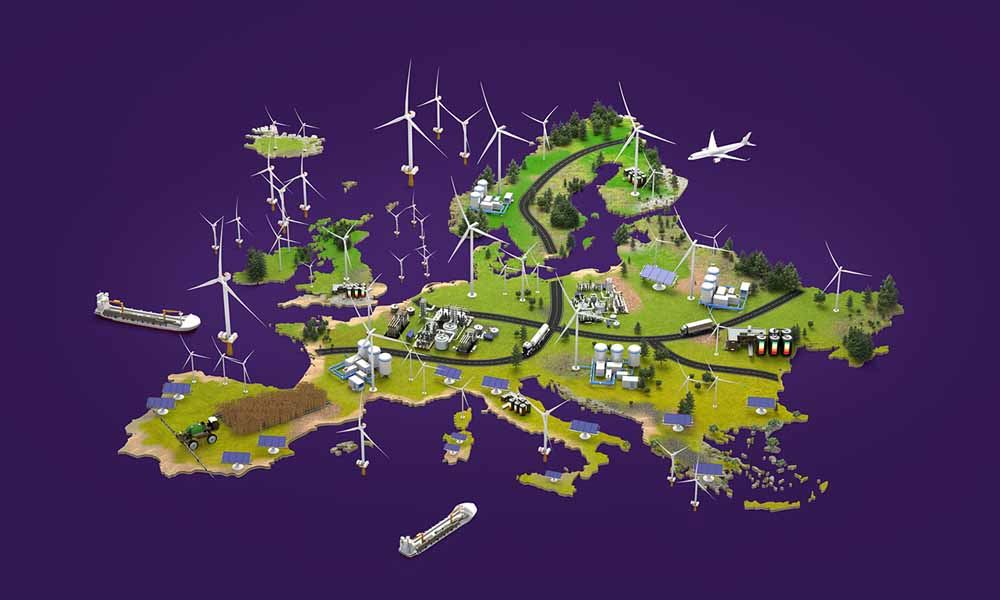
'The ‘Unlocking European Energy Security’ white paper is now available! Download it to find out why green hydrogen is a crucial building block of greater energy security in Europe, and why increased food security is impossible without it. This report highlights the importance of an even greater build-out of renewable energy to guarantee the production of sufficient green hydrogen for all hard-to-electrify sectors of an economy.
The ‘Green Hydrogen Unlocked: Brande Hydrogen’ white paper is now available! Download it to find out what Siemens Gamesa has learned in the first year of operating the pioneering pilot project, and what the next steps in our green hydrogen journey will be. The white paper explains why energy management systems are a crucial centerpiece of the green hydrogen landscape, and how important the right regulations are for the scale-up of the industry to the GW needed to reach net zero.
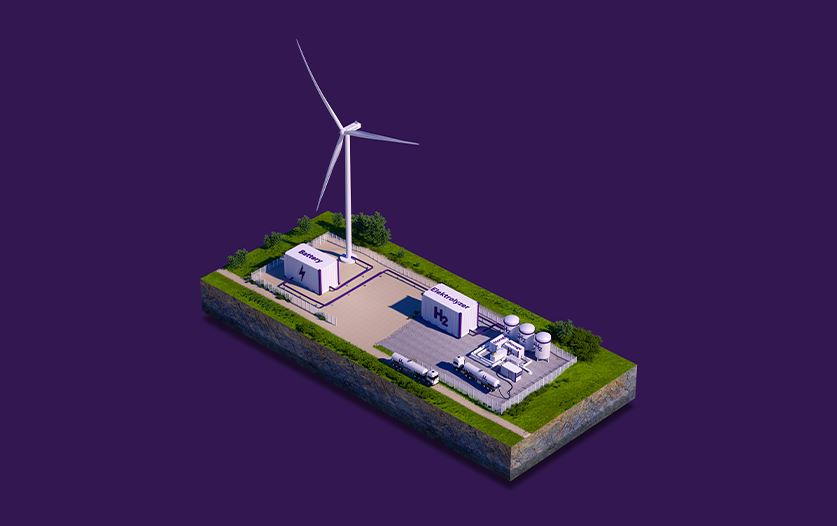
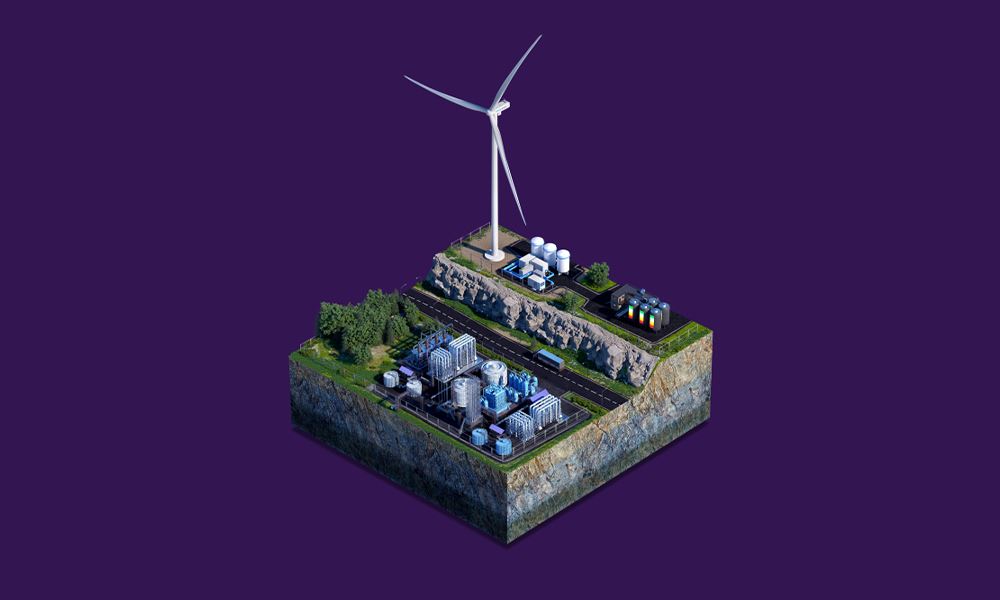
We are committed to making renewable hydrogen a reality, helping us achieve our 2050 net zero goals and building profitable business cases for our customers. To make green hydrogen a reality, Siemens Gamesa is pursuing several lines of research, some of which are funded by external institutions and governments. The company is committed to using these funds responsibly and ethically, and to sharing the results of its research with the public.
One initiative is the EUDP-funded project (Project: 64021-7010) 'Towards H2-driven business model: Portfolio management of a multi-energy system under uncertainty'.
It aims to develop and test a first-of-its-kind portfolio management software, called "RHYPE", for hybrid hydrogen and renewable power plants. The project addresses several research questions, such as how to mathematically model the hydrogen production system accurately, how to learn from historical data to efficiently model market price and renewables uncertainties, and how to make informed bidding strategies in electricity, hydrogen and ancillary services markets under uncertainty. Within our operations, RHYPE has the potential to generate up to DKK 185 MN for the Danish energy industry as a whole, reduce CO2 emissions in Denmark and the EU by +10 Mt and create 150 new jobs in Denmark between 2024 and 2028. A business model where we offer RHYPE as SaaS will be explored during the project.
Another initiative is the “Renewable Hydrogen Demonstrator”. Find out more information here.
